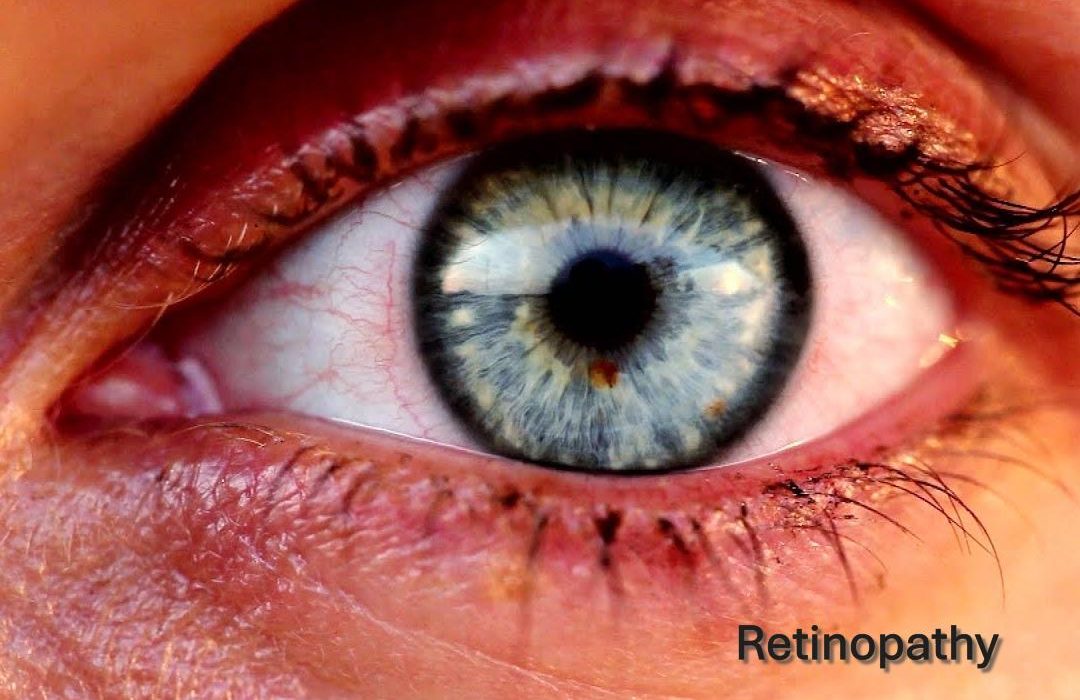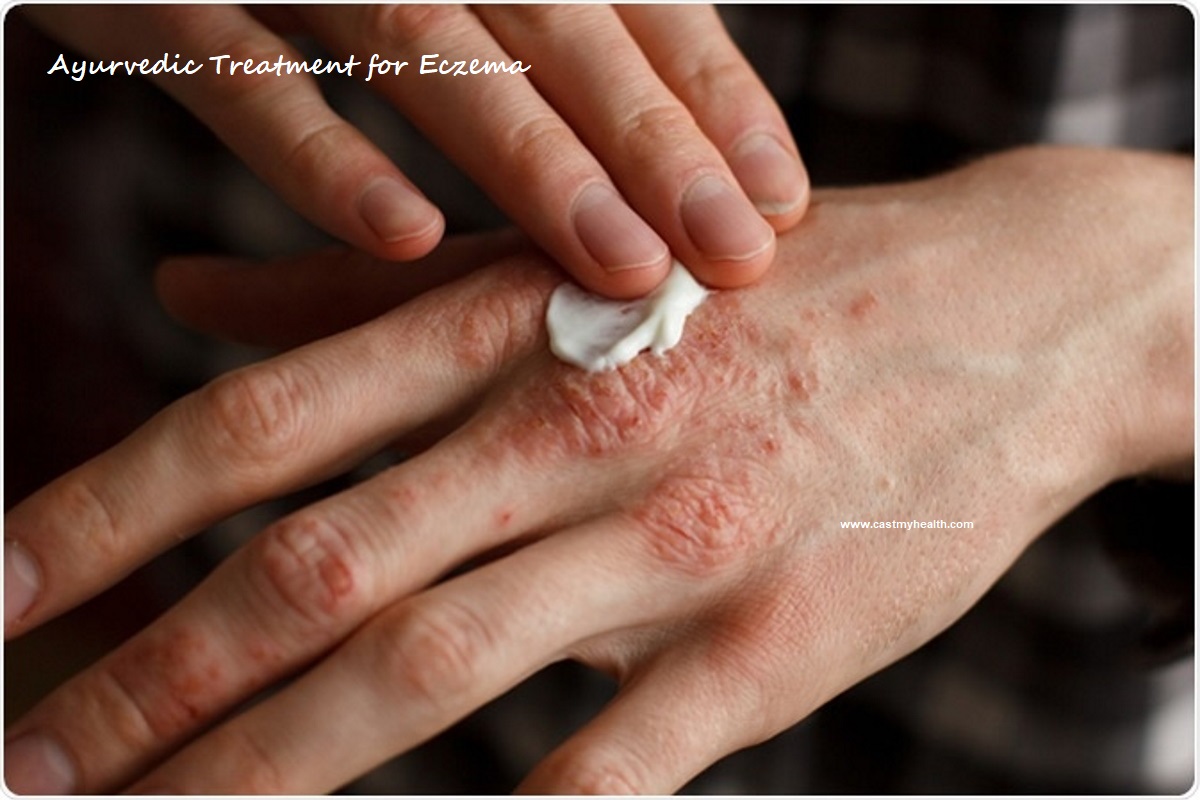Solar retinopathy is a condition that occurs when intense sunlight damages the retina, the light-sensitive tissue at the back of the eye. It’s often referred to as “solar retinopathy” or “sunburn of the retina.” While it may not be as widely known as other eye conditions, it can lead to significant vision loss if not addressed promptly.
Causes of Solar Retinopathy
The primary cause of solar retinopathy is exposure to intense ultraviolet (UV) radiation from the sun. This can happen during activities like sunbathing, welding, or using a tanning bed. Ultraviolet (UV) radiation, particularly the short-wave UV-A and UV-B rays, can penetrate the cornea and lens of the eye, reaching the light-sensitive retina. Upon exposure, these high-energy rays induce oxidative stress in the retinal cells, leading to the generation of harmful free radicals. These free radicals damage the retinal pigment epithelium (RPE), a layer of cells essential for vision. The RPE cells are responsible for absorbing excess light, recycling visual pigments, and transporting nutrients to the photoreceptor cells. Damage to the RPE can disrupt these functions, leading to cell death and vision loss. Additionally, UV radiation can directly damage the photoreceptor cells, the light-sensitive cells responsible for converting light into electrical signals. This damage can result in decreased visual acuity, color vision abnormalities, and central vision loss.
Symptoms of Solar Retinopathy
Symptoms of solar retinopathy can vary depending on the severity of the damage. Some common symptoms include:
- Blurred vision: Blurred vision refers to a lack of sharpness or clarity in sight, making objects appear hazy or out of focus. It can affect one or both eyes and may result from refractive errors (like nearsightedness or farsightedness), dry eyes, cataracts, glaucoma, or underlying conditions such as diabetes or eye strain.
- Dark spots or floaters: Dark spots or floaters appear as small shapes, threads, or cobweb-like shadows drifting across your vision. They occur when tiny clumps form in the vitreous, the gel-like substance in your eye, casting shadows on the retina. While often harmless, a sudden increase may indicate retinal detachment or other serious conditions..
- Sensitivity to light: Sensitivity to light, or photophobia, is discomfort or pain in the eyes when exposed to bright light. It can result from dry eyes, migraines, infections like conjunctivitis, or conditions like corneal abrasion. Often associated with eye strain, it may also indicate serious issues such as uveitis or meningitis, requiring medical attention.
- Color vision disturbances: Color vision disturbances, also known as dyschromatopsia, are a common symptom of solar retinopathy. This occurs due to damage to the photoreceptor cells in the retina, specifically the cone cells, which are responsible for color vision. When these cells are damaged, they may not be able to properly process different wavelengths of light, leading to altered color perception. This can manifest as difficulty distinguishing between certain colors, such as red and green, or seeing colors as muted or faded.
- Pain in the eye: Pain in the eye, a less common symptom of solar retinopathy, can occur due to direct damage to the retinal tissue by intense UV radiation. The retina is highly sensitive to light, and excessive exposure can trigger pain receptors. Additionally, inflammation in the eye, a common response to tissue damage, can also contribute to pain. In severe cases, the pain may be accompanied by other symptoms like blurred vision, sensitivity to light, and headaches.
Types of Solar Retinopathy
Solar retinopathy can be classified into two main types:
- Focal Solar Retinopathy: This is the most common type and involves damage to a specific area of the retina.
- Diffuse Solar Retinopathy: This is a more severe form that affects a larger area of the retina.
Stages of Solar Retinopathy
Solar retinopathy can progress through several stages:
- Acute Stage: This is the initial stage, characterized by immediate damage to the retina.
- Recovery Stage: During this stage, the damaged cells begin to repair themselves.
- Chronic Stage: In severe cases, the damage may become permanent, leading to chronic vision loss.
Treatment for Solar Retinopathy
Unfortunately, there is no specific treatment for this condition. However, early detection and appropriate management can help minimize the damage and prevent further vision loss.
- Medical Examination: A comprehensive eye exam is crucial for diagnosing this retinopathy. The eye doctor will perform a detailed examination, including visual acuity tests, color vision tests, and dilated eye exam. During the dilated eye exam, the doctor can directly visualize the retina and identify any signs of damage, such as spots, scars, or swelling. Additionally, specialized tests like optical coherence tomography (OCT) may be used to assess retinal thickness and structure. Early detection and timely intervention can help minimize the impact of retinopathy and prevent further vision loss.
- Medication: While there’s no specific medication to reverse this condition, certain medications can help manage symptoms and reduce inflammation. These may include:
- Corticosteroids: These anti-inflammatory medications can help reduce swelling and discomfort in the eye.
- Antioxidant Supplements: Antioxidants like vitamin C and E and other phytonutrients may help protect the retina from further damage.
However, the effectiveness of these medications in treating solar retinopathy is limited, and they are primarily used to manage symptoms and prevent further complications.
- Laser Therapy: Laser therapy is not a standard treatment for this condition. While laser therapy is used to treat other retinal conditions like diabetic retinopathy, its effectiveness in solar retinopathy is limited. In some cases, laser therapy might be considered to treat specific complications arising from this condition, but this is not a routine approach.
- Lifestyle Modifications:
Lifestyle modifications play a crucial role in preventing and managing solar retinopathy. Here are some key strategies:
- Sun Protection:
- Wear sunglasses with 100% UV protection.
- Use a wide-brimmed hat to shade your eyes and face.
- Avoid direct sunlight, especially during peak hours.
- Eye Care:
- Take regular breaks from digital screens to reduce eye strain.
- Maintain adequate hydration to prevent dry eyes.
- Schedule regular eye check-ups to monitor your eye health.
- Healthy Lifestyle:
- Consume a balanced diet rich in antioxidants and vitamins.
- Engage in regular physical activity to improve overall health.
- Manage stress through relaxation techniques like yoga or meditation.
- Sun Protection:
Prevention of Solar Retinopathy
The best way to prevent this conditioin is to protect your eyes from harmful UV radiation. Here are some tips:
- Wear Sunglasses: Choose sunglasses that offer 100% UV protection.
- Wear a Wide-Brimmed Hat: A wide-brimmed hat can shade your eyes and face from the sun.
- Avoid Direct Sun Exposure: Especially during peak hours when the sun’s rays are strongest.
- Take Regular Eye Breaks: If you spend long hours outdoors or in front of digital screens, take frequent breaks to rest your eyes.
- Regular Eye Checkups: Schedule regular eye exams to detect any early signs of eye problems.
By following these preventive measures, you can significantly reduce your risk of developing solar retinopathy and protect your vision.
Follow us on our WhatsApp or Telegram Channel
Click Here to talk to our experts.






